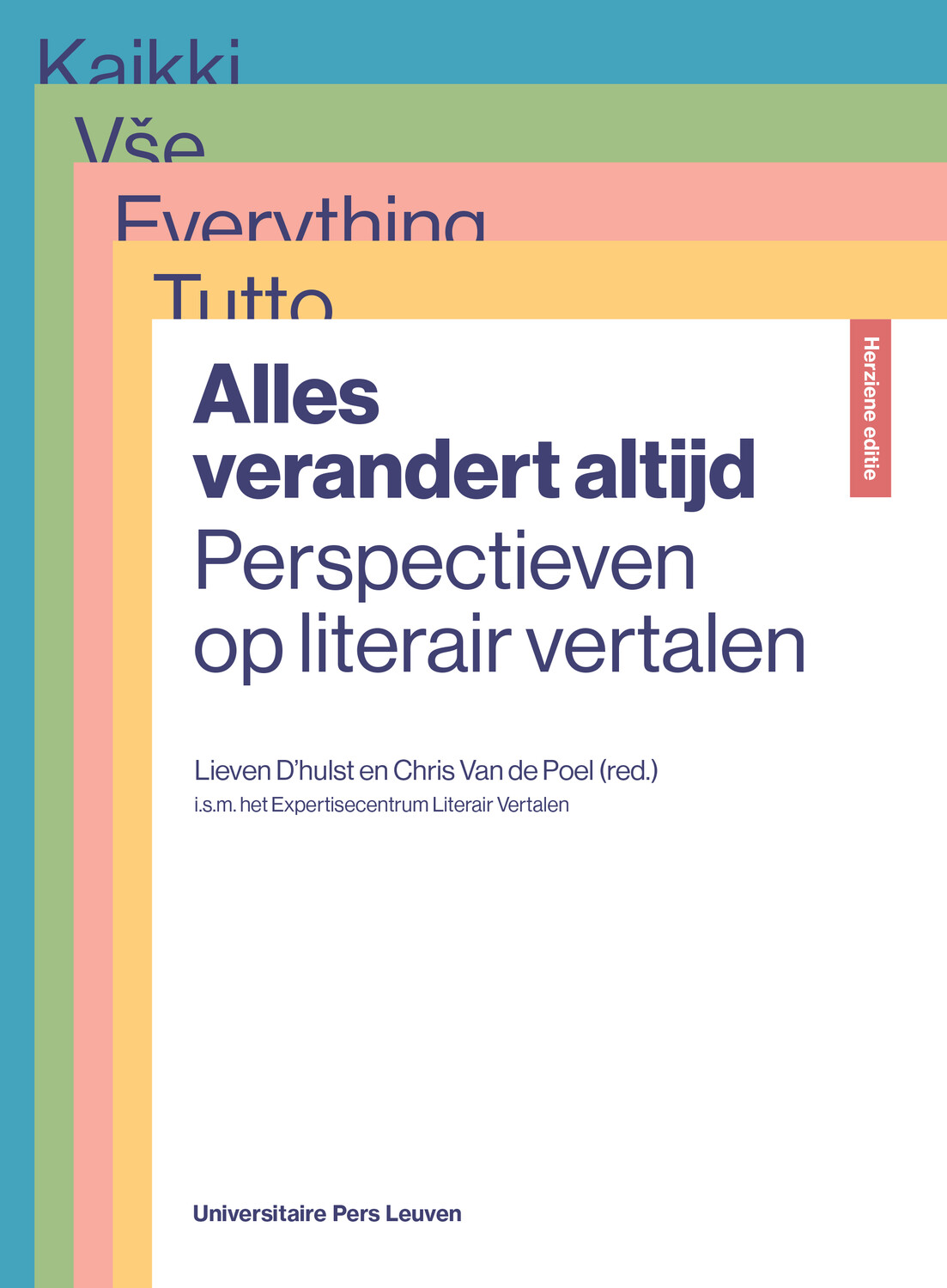
“We hope this book gets readers thinking about the various (and perhaps contradictory) visibilities of translation in their own lives.”
The question whether to disclose a text as a translation and thereby give visibility to the translator has dominated discussions on translation throughout history. Beyond the Translator’s Invisibility demonstrates the value of understanding the visibilities of translators and translation in the plural and adds much-needed nuance to one of translation studies’ most pervasive, polarizing, and imprecise concepts. A Q&A with editors Peter J. Freeth and Rafael Treviño.
Briefly and concisely explain in plain language what the book is about.
Often, translators and translation are hidden from view or made invisible, and this invisibility has come to be seen as a negative position that translators should fight against. Our book seeks to challenge this assumption by exploring the complex situations that can cause this invisibility or visibility and by providing clearer understandings of the impact that both can have on how translation and translators are perceived in contemporary society.
What or who inspired you to choose this topic?
We met in the summer of 2019 at a research summer school in Belgium and translator invisibility was one of the common themes that ran through many of the discussions we had during this time. Given that it’s a frequent topic of academic and public debate, whilst much of the thinking on translator invisibility remains focused on ideas from the 1990s, we thought it was about time there was some new work in this area—and who better to do it than two ambitious PhD researchers?
Do you have any reading suggestions to share (books, blogs, journals, ...) for anyone who wants to know more about the subject?
The famous book on this topic is The Translator’s Invisibility, by an American scholar called Lawrence Venuti. It’s been a very divisive book but is one of the most famous in translation studies, so it is definitely worth a look, even if you disagree with his points or conclusions! But there are also some really interesting blogs documenting times when the visibility of translation and translators has really come to the forefront of public debate. For instance, Haidee Kotze’s article on the controversy surrounding the Dutch translation of Amanda Gorman’s The Hill We Climb (here) and Caroline Summers’ overview of the British Museum’s failure to credit or even get copyright permission from translator Yilin Wang (here).
How did the writing process for this book go? Did you experience anything surprising, amusing or strange?
One of the fun challenges when working on this book was that one of the contributions has been translated from German to English and it was really interesting doing a translation for a book on translator visibility. As I (Peter) was working on the translation, there were a few points where I really felt like I wanted to explain or justify my translation a little, or even just add a little additional information for the reader. But in this kind of academic publication, translators are usually fairly invisible—you typically prioritize preserving the expert author’s voice and argument. So, I spoke to the author Klaus about it and he was very open to letting me include some interventions and translator’s notes in my translation. He even suggested a couple of additional points that I could include as translator notes. It was interesting seeing some of the issues discussed throughout the book play out in front of us and we hope that the resulting translation is both an interesting piece of work on the topic and an example of how we can make the collaborative nature of translation more visible in our publications.
What would you like readers to remember about your book?
We’d like readers to come away from the book knowing that the issues and topics discussed throughout are too complicated to just be broken down into the binary of visible–invisible. Instead, we hope the chapters in the volume show the value of thinking about visibilities in the plural and get readers thinking about the various (and perhaps contradictory) visibilities of translation in their own lives.
Do you have any plans yet for another publication? What will it be about?
My (Peter’s) PhD dissertation was also on the topic of translator visibility and I have plans to publish work from that in the future. Rafael is right at the end of his PhD journey, so has largely been focused on finishing that project, but there may be other some publications in the future.
 Beyond the Translator’s Invisibility
Beyond the Translator’s InvisibilityCritical Reflections and New Perspectives
Edited by Peter J. Freeth and Rafael Treviño
paperback, ebook
Read the introduction by Peter J. Freeth >











































